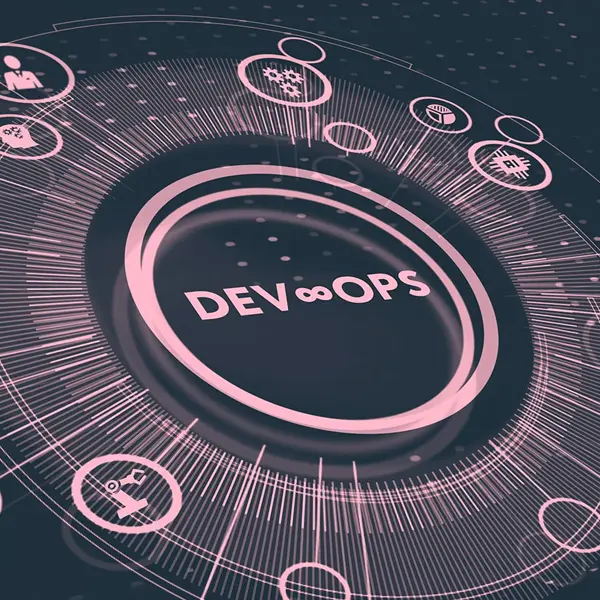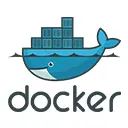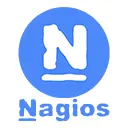Continuous Integration
Development teams merge code changes into a central repository on an ongoing basis as automated builds and tests are run. This method allows developers to address bugs quicker, improve software quality, and reduce the time it takes to release new software updates.
Continuous Delivery
This is a software practice in which code changes are automatically tested, compiled, and prepared for a release to production.
Continuous delivery and continuous integration harmonize by deploying all code changes to a testing environment, then a production environment. This also allows us to provide our clients with each code segment for evaluation and even for alpha and beta testing. Meanwhile, production on the next chunk of completed code never slows.
Micro Services
Using continuous integration and delivery, micro services represent the most efficient modern approach to building software. Each element serves a specific purpose. You can use different frameworks or programming languages to write micro services and deploy them independently—as a single service or a group of services.
When using Agile methodology in a DevOps process, code is written in optimized, tested, and perfected applications that can be joined to provide robust, larger software deployment. Whether we’re looking at security updates, new features, or development from scratch, Agile is efficient and streamlined. This same process serves for continued security updates and upgrades for adding new features.











